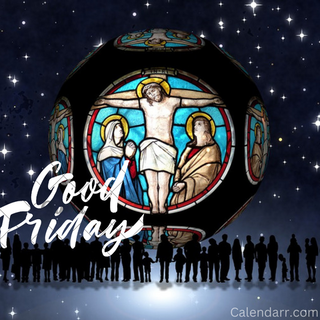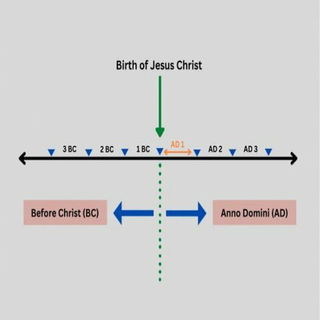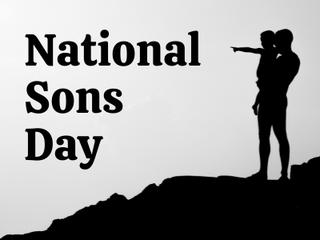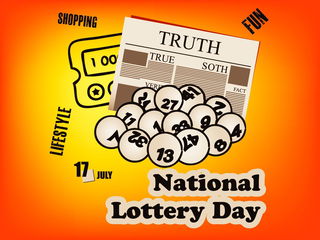As the long summer days shorten and kids head back to school, a cool breeze signals the arrival of September in the Northern Hemisphere, marking the beginning of fall with its colorful leaves and cooler temperatures. Meanwhile, in the Southern Hemisphere, September ushers in spring with blooming flowers and longer, warmer days as the Sun crosses the celestial equator.
September, the ninth month of the Gregorian Calendar, has 30 days and brings a unique charm to both hemispheres.
In the north, it signals the approach of colder days and the cozy traditions of autumn. In the south, it heralds the warmth and renewal of spring. Whether it’s the crispness of fall or the freshness of spring, September offers a fascinating transition filled with natural beauty and cultural celebrations.

Why September is Not the Seventh Month
September derives its name from the Latin word “septem,” which translates to seven, creating confusion as to why it is the ninth month despite its name suggesting otherwise.
Originally, the Roman calendar, attributed to Romulus around 750 BC, had ten months totaling 304 days, with a gap of approximately 61 days during winter.
- Martius (March)
- Aprilis (April)
- Maius (May)
- Junius (June)
- Quintilis (July)
- Sextilis (August)
- September
- October
- November
- December
This calendar was eventually deemed inaccurate and required adjustments to align more closely with the solar year. Consequently, several changes were made over time, including adding months and days.
January and February were later incorporated to account for the approximately 60 days missing from the original ten-month calendar. These additional months were inserted before March, shifting the original names of the months by two places. However, the names of the later months, including September, were not changed to reflect their new positions in the calendar.
Thus, although September comes from the Latin word for “seven,” it is the ninth month in our modern calendar due to the historical modifications made to the calendar system.
These adjustments were made by Julius Caesar (Julian calendar) and later refined by Augustus.
Equinox
In September, the equinox occurs, marking significant seasonal transitions. In the Northern Hemisphere, it is the Autumn Equinox, while in the Southern Hemisphere, it is the Vernal Equinox. The dates of the equinox can vary, falling between September 21 and September 24
During this time, the Sun crosses the celestial equator, marking the official start of autumn in the Northern Hemisphere.
During the Vernal Equinox in the Southern Hemisphere, the sun crosses the celestial equator, resulting in nearly equal daylight and nighttime hours. At this time, the moon's phases continue their regular cycle, unaffected by the equinox, while the sun's position directly above the equator signifies the balance between day and night.
Celebrations and Observations in September
United States
The month of September is rich with interesting and important celebrations around the globe. The United States observes Labor Day on the first Monday of the month that honors workers with barbecues, parades, and public parties. On the other hand, Patriot Day is observed on September 11, and it pays tributes to the victims of the 2001 terrorist attacks.
Constitution Day on September 17 marks the adoption of the U.S. Constitution, and National Grandparents' Day, celebrated on the first Sunday after Labor Day, honors the special bond between grandparents and grandchildren.
National POW/MIA Recognition Day on the third Friday honors prisoners of war and those missing in action, while Gold Star Mother's Day on the last Sunday recognizes mothers who lost children in military service.
Germany
Oktoberfest, starting on the third Saturday, is celebrated worldwide with Bavarian music, dancing, and famous beer tents.
Japan
On September 22, people in Japan celebrate Autumnal Equinox Day and Neopagan festivals like Mabon and Ostara. Japan's Respect for the Aged Day on the third Monday honors elderly citizens.
United States
In the U.S., National Public Lands Day on the last Saturday promotes environmental stewardship.
India
In India, September is filled with cultural and religious celebrations starting with Ganesh Chaturthi which worships the elephant-headed god Ganesha with elaborate idols and processions.
Navratri, sometimes starting in late September, celebrates the divine feminine with fasting, dancing, and worshiping the goddess Durga. Onam, primarily celebrated in Kerala, marks the homecoming of King Mahabali with feasts, dances, boat races, and floral decorations.
Teacher's Day on September 5th commemorates Dr. Sarvepalli Radhakrishnan's birthday, honoring teachers' contributions to society. These celebrations highlight India's rich cultural heritage and diverse traditions, bringing people together in joy and reverence.
Australia, New Zealand, Argentina, and South Africa
In these countries, the September equinox marks the first day of spring. It symbolizes renewal, growth, and balance as winter transitions into spring.
Neopagans celebrate Ostara during the September equinox in Australia and Brazil. It’s a festival associated with fertility, rebirth, and the awakening of nature.
Australia, Chile, and South Africa observe Mabon during the September equinox, a Pagan celebration of gratitude for the summer months and harvest.
On September 24th, South Africa celebrates Heritage Day, a vibrant acknowledgment of its diverse cultural tapestry. This day is dedicated to honoring traditions, languages, and customs that define the rich heritage of South African society. Communities across the country come together to host events, share traditional foods, and showcase unique aspects of their heritage.
In Australia and New Zealand, Father's Day falls on the first Sunday of September, occasionally coinciding with the September equinox. Families use this day to celebrate fathers, stepfathers, and father figures, expressing gratitude through gifts and spending quality time together.
England
During the September equinox, Stonehenge attracts visitors as Neo-Druids and others gather to give thanks for the harvest and prepare for winter while witnessing the sunrise.
Mexico
The ancient Mayan pyramid at Chichen Itza hosts equinox celebrations. Visitors witness the Snake of Sunlight phenomenon, symbolizing changing seasons.
These diverse celebrations during the September equinox connect people across continents, celebrating themes of renewal, gratitude, and seasonal change.
September's Serene Scenery
As temperatures gradually start cooling in September, deciduous trees go through a wonderful metamorphosis.
Their leaves transition from lush green to beautiful hues of red, orange, and gold painting the landscape in a breathtaking display known as “fall foliage”
Fall foliage, also known as autumn foliage, refers to the vibrant and colorful transformation of leaves on deciduous trees during the autumn season. The leaves change from green to hues of red, orange, and yellow, creating a stunning natural display.
People from all over the globe come to see this beautiful scenery painted by nature itself.
Additionally, September marks the peak of bird migration season in many regions. Flocks of geese, cranes, and songbirds embark on arduous journeys to warmer climates where conditions are more favorable for feeding and breeding. This annual migration underscores nature's remarkable resilience and ability to adapt to changing environments, captivating birdwatchers and wildlife enthusiasts alike.

September Facts
- The September full moon is known as Harvest Moon.
- Sapphire and Lapis Lazuli are the birthstones of September.
- Aster and Morning Glory are the birth flowers of September.
- Vulcan’s Month was associated by the Romans with Vulcan, the god of fire, likely because it was a hot month when it was the seventh month of the year.
- Calendar Changes occurred in 1752 when the British Empire skipped 11 days in September due to a shift from the Julian to the Gregorian calendar.
- Barley and Harvest were the focus of the Anglo-Saxons in September. They called it “Gerst Monath” (Barley Month) because it was the time to harvest barley. They also referred to it as “Haefest Monath,” which gave rise to our modern usage of the word “harvest.”










